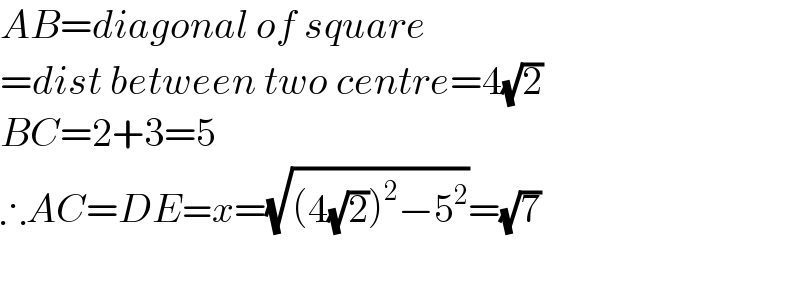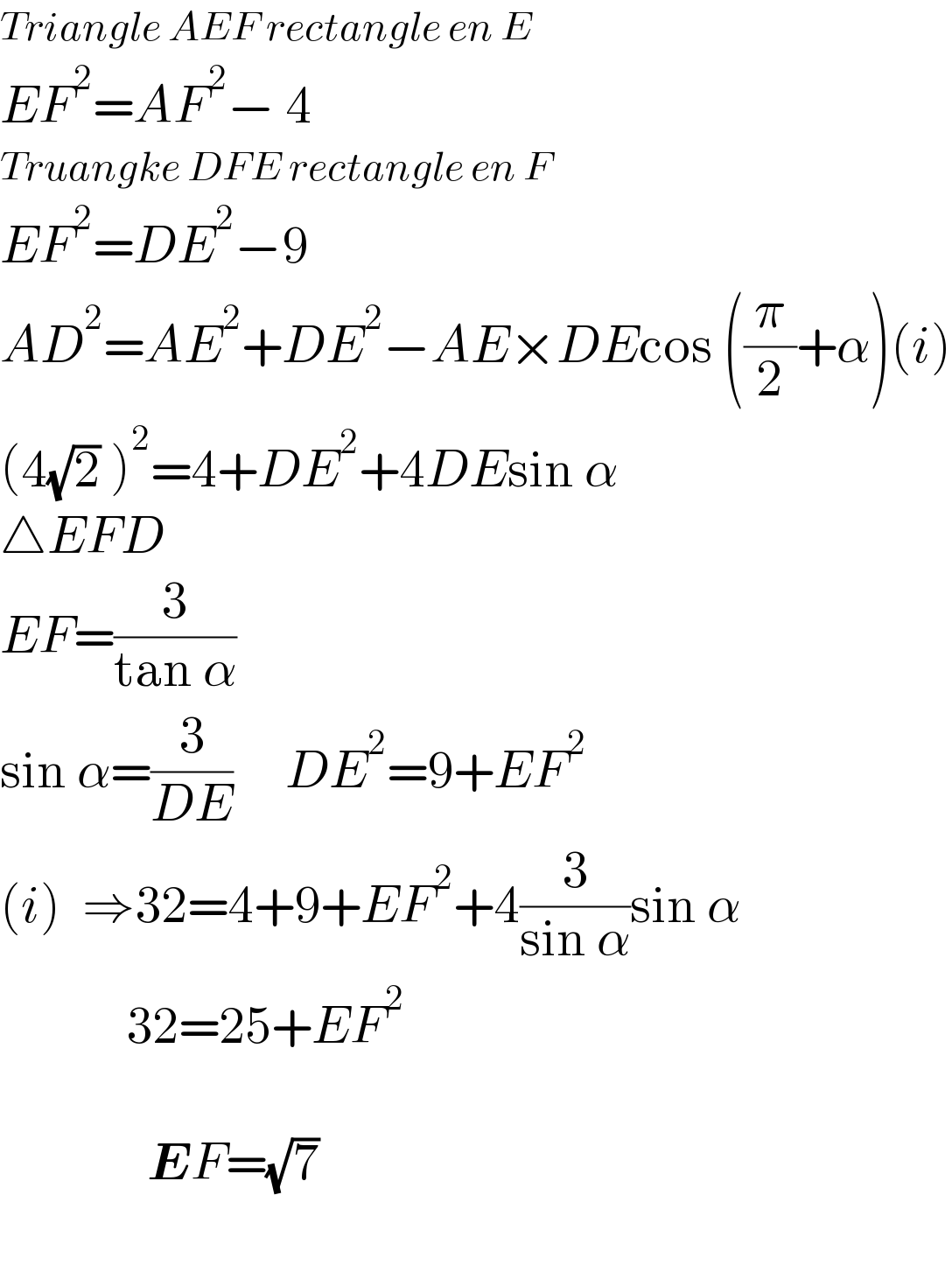
Question and Answers Forum
Question Number 185893 by mr W last updated on 29/Jan/23

Commented by mr W last updated on 29/Jan/23

Commented by som(math1967) last updated on 29/Jan/23

Commented by mr W last updated on 29/Jan/23

Answered by a.lgnaoui last updated on 29/Jan/23

Answered by som(math1967) last updated on 29/Jan/23

Commented by som(math1967) last updated on 29/Jan/23

Answered by a.lgnaoui last updated on 29/Jan/23

Answered by ajfour last updated on 29/Jan/23

Commented by mr W last updated on 29/Jan/23
��
